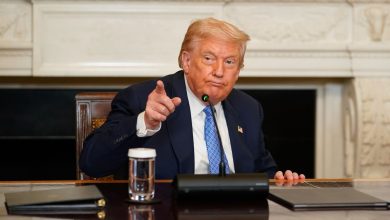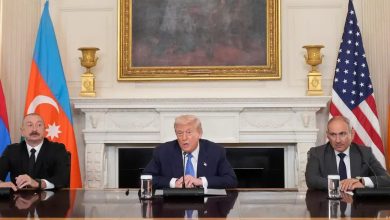US, China Extend Trade Truce by 90 Days to Avoid Tariff Hike
US and China extend trade truce for 90 days, delaying tariff hikes amid tense negotiations.
Talks aim to tackle trade imbalance, market access, and tech restrictions while easing global tensions.
The United States and China have agreed to prolong their trade truce for another 90 days, narrowly avoiding the introduction of higher tariffs that were set to take effect.
On Monday, August 11, U.S. President Donald Trump signed an executive order pushing the pause until November 10. Beijing made a matching announcement, confirming the extension. For now, U.S. tariffs on Chinese goods will remain at 30%, while China will keep its 10% duty on American imports.
Earlier in the year, tensions escalated when Washington threatened tariffs of up to 145% on Chinese products, and Beijing prepared duties as high as 125% on U.S. shipments. Both sides softened their positions following negotiations in Geneva in May.
According to the White House, the additional three months will provide time to address trade imbalances and concerns over “unfair trade practices,” noting that the U.S. recorded a $300 billion trade deficit with China in 2024 its largest with any country. Talks are expected to cover issues such as expanding U.S. market access, addressing national security concerns, and ensuring stability in the global semiconductor supply chain.
A spokesperson for the Chinese embassy in Washington said, “Win-win cooperation between China and the United States is the right path; suppression and containment will lead nowhere.” Beijing also called for the removal of what it described as “unreasonable” trade restrictions.
While the extension delays any immediate tariff escalation, some U.S. business owners remain uneasy. “There’s no way to plan for the future of the business,” said Beth Benike, founder of Busy Baby. “I have no control or idea about the pricing that’s going to work for my business.”
Trade tensions hit a peak in April when the U.S. imposed sweeping tariffs on multiple countries, with China among the hardest hit. Beijing responded in kind, nearly freezing trade flows before May’s agreement eased some measures.
Current discussions also involve U.S. access to China’s rare earth minerals, Chinese imports of Russian oil, and American export restrictions on advanced technologies such as semiconductors. Recently, Washington relaxed some curbs, allowing firms like AMD and Nvidia to sell certain chips to China, provided they share 15% of related revenue with the U.S. government. The U.S. is also pushing for TikTok’s separation from parent company ByteDance, a move Beijing firmly opposes.
Despite the truce, bilateral trade has continued to weaken. In June, U.S. imports from China were nearly 50% lower than the same month in 2024. For the first half of 2025, imports totaled $165 billion a 15% drop year-on-year while American exports to China fell by 20%.



